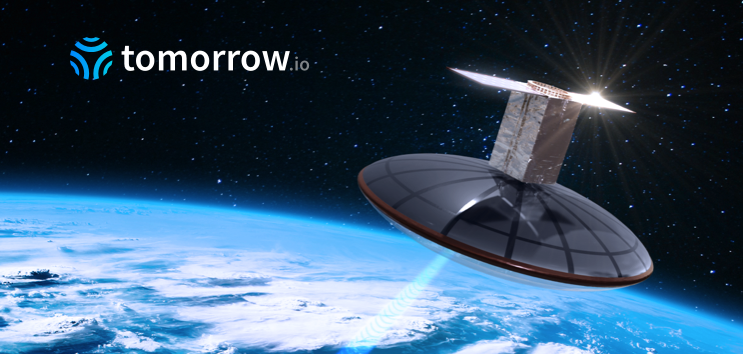The US Air Force (USAF) and Department of Defense (DoD) are set to benefit from five newly commissioned prototypes to help improve global weather sensing and climate change assessment capabilities.
To tap into high resolution (spatial and temporal) global weather data from commercial platforms, the Defense Innovation Unit (DIU) and Weather Systems Branch of the Air Force Life Cycle Management Center (AFLCMC) have awarded five contracts to develop ground, air and space-based prototypes for global weather sensing.
Earlier this year, the DoD sought commercial data solutions for global weather sensing to improve global environmental situational awareness and analysis; performance of global and regional weather physics-based models; and performance of global machine learning (ML)-based models.
The DoD will use the commercial data for weather forecasting, impact applications and climate change assessments. In this prototype, DoD is prioritizing solutions that provide data from outside the continental USA.
Solutions within DIU’s Global Weather Sensing project include satellite constellations with remote sensing technology, ground-based commercial networks with specific weather parameter sensing and/or leveraging Internet of Things (IoT) technology, and airborne commercial platforms that actively or passively sense weather parameters.
John Dreher, materiel leader, Weather Systems Branch, AFLCMC, said, “We are striving to develop and provide capabilities to the Air Force and across the DoD that create not only an information advantage, but most importantly provide a decision advantage over near-peer competitors. With the help of DIU, we’re accelerating the delivery of commercial weather sensing technology to meet the operational need.”
Five companies received prototype awards:
Greensight – Greensight’s WeatherHive is a new type of atmospheric monitoring technology system that uses nano-sized drones to directly measure atmospheric conditions.
Muon Space – Muon Space designs, builds, and operates small satellites and scientific instruments to better understand and react to the changing planet.
NextGen Federal Systems – NextGen Federal Systems, will develop the Market Environmental Data for Intelligent Applications (MEDIA) prototype to curate commercially offered weather data and develop machine learning workflows and models for Air Force Weather (AFW).
Tomorrow.io – Tomorrow.io will develop and use microwave (MW) radiometer sensing technology on small satellites in low-Earth orbit to assess weather in Earth’s atmosphere.
Windborne Systems – WindBorne designs, builds and operates a constellation of long-duration smart weather balloons providing global in-situ weather observations.



